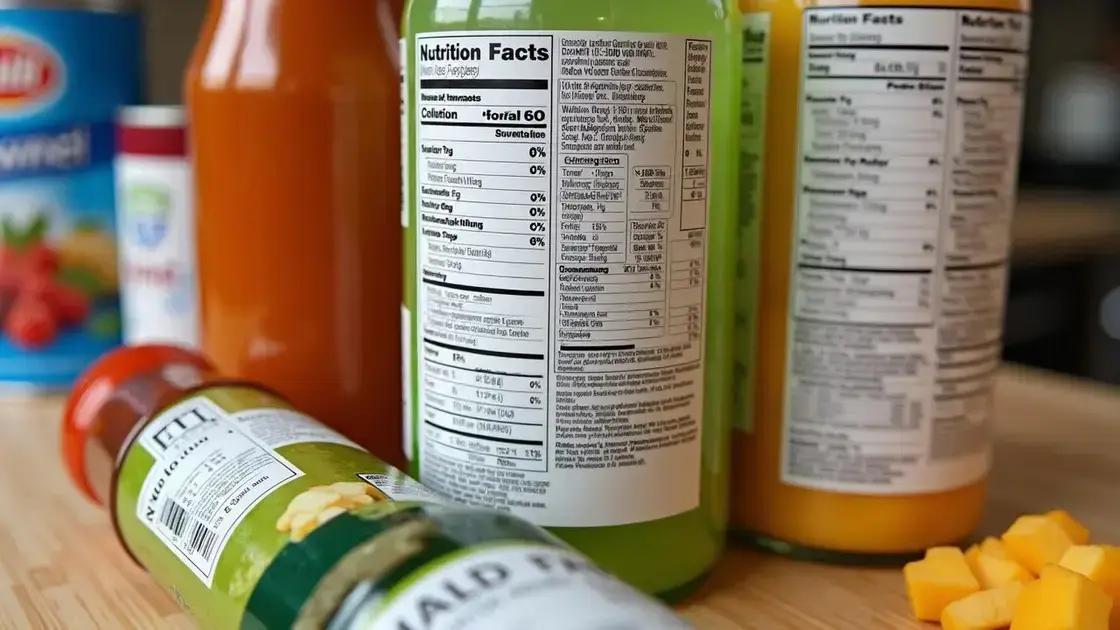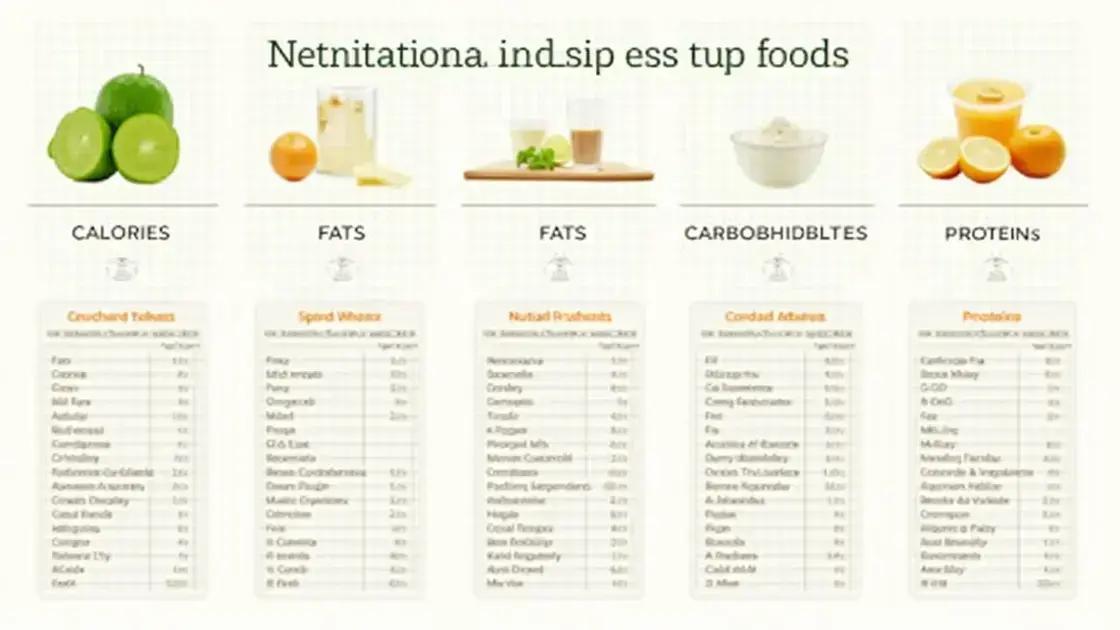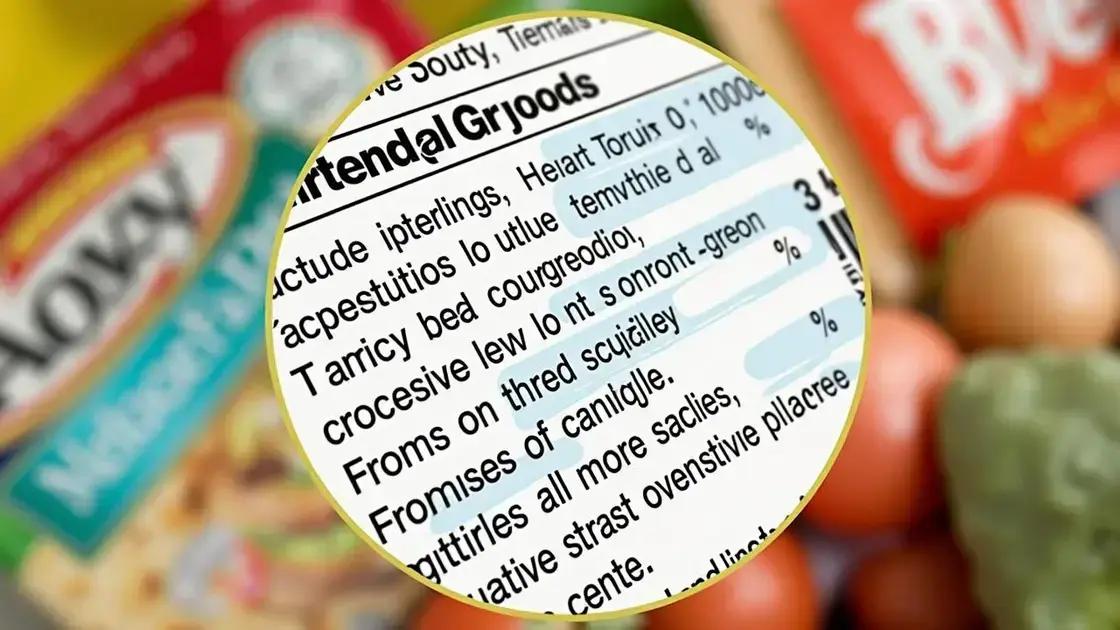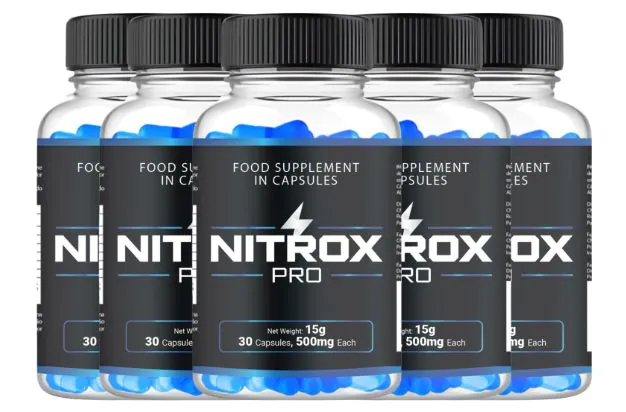The importance of reading food labels lies in making informed food choices that promote better health. By understanding nutritional information, identifying hidden ingredients, and comparing products, consumers can select healthier options and manage their dietary needs effectively.
Understanding the importance of reading food labels for better choices is crucial in today’s health-conscious world. Food labels provide essential information about nutrition, ingredients, and serving sizes, allowing consumers to make informed decisions. In this article, we’ll delve into why reading food labels matters, how to understand nutritional information effectively, identify hidden ingredients, and make better food choices that promote a healthier lifestyle.
Why Reading Food Labels Matters

Reading food labels is essential for understanding what we consume. Food labels provide valuable information about the ingredients and nutritional value of products, making it easier to align our dietary choices with our health goals.
Empowerment Through Knowledge
When we read food labels, we empower ourselves to make healthier decisions. Knowing what is in our food helps to avoid ingredients that may not be beneficial for our health. This knowledge enables us to choose foods that support our well-being and avoid those that may contain excessive sugars, unhealthy fats, or artificial additives.
Understanding Portion Sizes
Another important aspect of food labels is the information on serving sizes. Misunderstanding portion sizes can lead to overeating or consuming more calories than intended. By checking serving sizes, we can better manage our intake and make more informed choices about how much we eat.
Navigating Allergens
Food labels also highlight potential allergens, which is crucial for individuals with food sensitivities or allergies. Clear labeling can help avoid reactions from ingredients that may cause adverse health effects, ensuring safer eating options.
Making Healthier Choices
In summary, reading food labels matters because it promotes informed eating decisions. By understanding the contents of the food we buy, we can better navigate our dietary needs and preferences. Staying aware of the information on food labels fosters a healthier lifestyle and better choices for ourselves and our families.
Understanding Nutritional Information

Understanding nutritional information on food labels is key to making better food choices. Nutritional information includes details about calories, fats, carbohydrates, protein, vitamins, and minerals, helping consumers gauge the healthiness of a food product.
Calories Matter
Calories are a measure of the energy we get from food. Knowing the calorie content of a food helps us manage our energy intake. If you want to maintain or lose weight, it’s important to choose foods that fit your daily calorie needs.
Fats: Not All Are Equal
Food labels differentiate between types of fats: saturated fat, trans fat, and unsaturated fat. Avoiding trans fats and limiting saturated fats is crucial for heart health. Unsaturated fats, found in foods like nuts and olive oil, are considered healthier options.
Carbohydrates and Sugars
Carbohydrates are a primary source of energy. Food labels break them down into total carbohydrates, dietary fiber, and total sugars. It’s beneficial to choose products with higher fiber content and lower added sugars to support overall health.
Proteins and Nutrients
Protein is essential for building and repairing tissues. Food labels indicate the amount of protein, allowing consumers to ensure they meet their dietary needs. Additionally, key vitamins and minerals are often listed, helping individuals choose foods loaded with nutrients important for their health.
Learning to interpret nutritional information can help us make informed choices about our health. As you read food labels, considering how these factors contribute to your overall diet is vital.
Identifying Hidden Ingredients

Identifying hidden ingredients in food products is crucial for making healthier choices. Many processed foods contain ingredients that aren’t immediately visible to consumers. These ingredients can be additives, preservatives, and other components that affect health.
Understanding Common Additives
Food manufacturers often use additives to enhance taste, appearance, or shelf life. Ingredients like high fructose corn syrup, sodium, and various artificial colorings can be hidden in many foods. These can contribute to health issues if consumed in large amounts.
Ingredient Labels and Order
On food labels, ingredients are listed in order by weight. This means that the first few ingredients are the most prominent. Look out for hidden sugars and unhealthy fats that might be listed among the last ingredients but still contribute significantly to the overall composition.
Read Beyond the Obvious
Some ingredients have names that are unfamiliar and might sound healthy. For example, monosodium glutamate (MSG) and propylene glycol may be present in many products. Learning about these lesser-known ingredients can help you avoid products that don’t align with your health goals.
Checking for Allergen Statements
Many products also list allergens separately. This section can alert you to hidden ingredients that can cause reactions if you have sensitivities. Common allergens include nuts, dairy, gluten, and soy, so always check for these warnings.
By understanding how to identify hidden ingredients, consumers can make choices that are better for their health and well-being.
Making Informed Food Choices

Making informed food choices is essential to maintaining a healthy diet. By understanding food labels and using the knowledge gained from them, consumers can select products that meet their nutritional needs and preferences.
Evaluate Your Dietary Needs
The first step in making informed choices is to evaluate your own dietary needs. Different individuals have different needs based on age, activity level, and health conditions. Consider consulting with a healthcare professional or nutritionist to determine what foods and nutrients are best for you.
Compare Similar Products
When grocery shopping, compare similar food items to find the best options. Look at the nutrition facts and ingredient lists to determine which product offers more fiber, less sugar, or healthier fats. This practice can lead to better overall choices and help you spot products that align with your goals.
Focus on Whole Foods
Whole foods, such as fruits, vegetables, whole grains, and lean proteins, should make up the majority of your diet. When choosing packaged foods, always read labels to ensure that they contain whole ingredients and are free from unnecessary additives and preservatives.
Adopt a Mindful Eating Approach
Mindful eating is a practice that involves paying attention to what you eat and making careful choices. This awareness can help you recognize the benefits of healthy foods and the negative impact of others. Take your time while eating and focus on the flavors and textures of your meals, which can lead to a more satisfying experience.
By applying these tips for making informed food choices, individuals can take control of their nutritional health and enjoy the benefits of a balanced diet.
In Summary: Empowering Your Choices
Reading food labels plays a critical role in making informed food choices that benefit your health. By understanding nutritional information, identifying hidden ingredients, and comparing products, you can create a balanced diet tailored to your unique needs.
The importance of this knowledge cannot be overstated. It empowers you to take control of your dietary habits and make choices that promote overall well-being.
As you implement these strategies into your shopping and eating routines, you’ll foster a healthier lifestyle for yourself and your loved ones. Remember, being proactive about what you eat is the key to better health.
FAQ – Frequently Asked Questions about Reading Food Labels
Why is it important to read food labels?
Reading food labels helps you understand what you’re consuming, allowing you to make healthier choices aligned with your dietary goals.
What key information should I look for on a food label?
Look for nutritional information, serving sizes, ingredients, allergens, and any added sugars or artificial additives.
How can I identify hidden ingredients?
Check the ingredient list for unfamiliar names, additives, or preservatives that may indicate unhealthy components.
What does the serving size on a label mean?
The serving size indicates how much of the food is considered one serving and helps you manage portion control.
How do I compare similar food products?
Compare the nutritional facts and ingredients of similar products to determine which one is healthier or better suited for your diet.
What are some tips for making informed food choices?
Evaluate your dietary needs, focus on whole foods, read labels carefully, and adopt a mindful eating approach.












